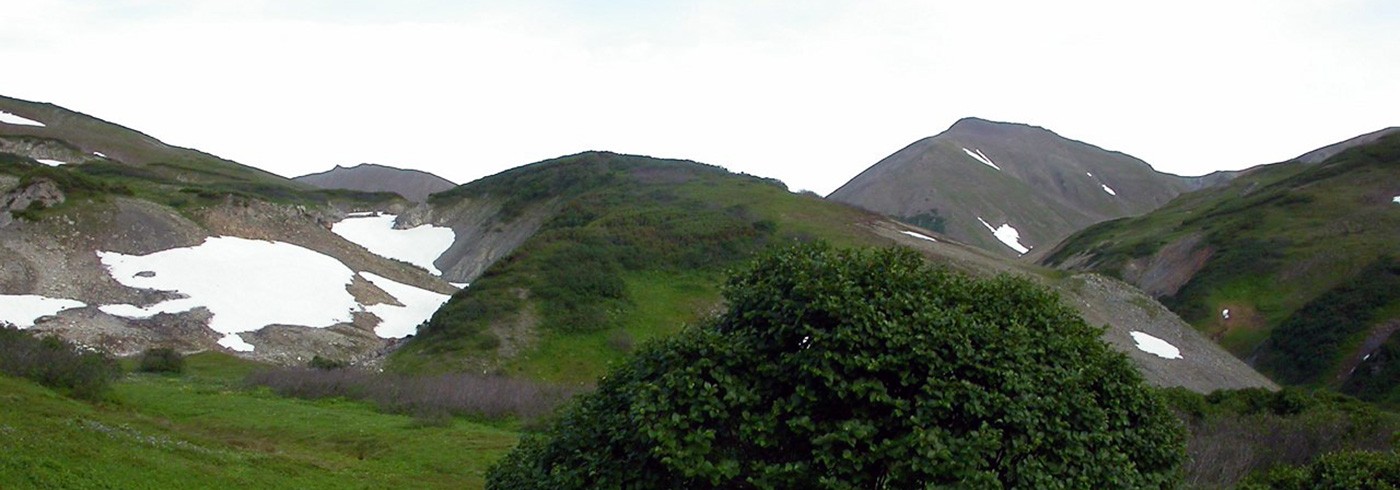This was the largest theme of the Beringia expedition. It entailed research projects surrounding the relationship between Arctic animals and their food plants, differences and competition between and within Arctic species, and several aspects of the living conditions of migratory birds.
The research questions studied included:
- How does the presence of herbivores and insects relate to the variation and geographical distribution of their fodder plants?
And how do the life situations of herbivores affect conditions for the plants? How much must small animals in Arctic freshwater adapt to survive? Flora and fauna adapt to each other. That principle is crystal clear in the Arctic, where species are few but spread out over a large area and there is a great deal of intraspecies variation. Do predatory animals compete with each other differently in species-rich Siberia than they do in the mountains of Scandinavia? The degree of competition for food and habitat is critical to many threatened species. The scientists wanted to compare things like the relationship between the arctic fox and the red fox in various areas to see what happens in the ecology when the wolves vanish and the medium-size predators are at the top of the food chain. - What can chemical analysis tell us about the capacity of plants to spread?
The age difference between colonies of plants will be analysed, primarily by comparing plant species in symbiosis with nitrogen-producing bacteria. - Do birds navigate differently at the geographical North Pole than at the magnetic North Pole?
What techniques do migratory birds use to compensate for wind resistance? What is a bird’s circadian rhythm when the sun is up around the clock? Why do different bird species have different paths to the same destination? The Arctic environment puts entirely different demands on migratory birds than they experience at other latitudes and constitutes a unique wilderness laboratory for this type of study. Following bird routes via radar from the ice-breaker also provides very good opportunities to study migration behaviour over large areas. - What bacteria and viruses occur naturally in birds and mammals in the Arctic and which arrive there with e.g. migratory birds?
To increase understanding of zoonoses, i.e., diseases that are communicable from animals to humans, scientists were looking for salmonella, borrelia, and campylobacter etc. - Are there genetic differences in fish, birds, and small mammals in the Arctic compared with samples collected in the 19th and early 20th centuries?
The Swedish Museum of Natural History performed comparative analyses using material from the Nordenskiöld and Bergman expeditions to the same geographical areas.
The researchers’ task was to map the modern ecological situation on the tundra. The majority of expedition work was performed during icebreaker Oden’s second leg, in Chukotka and on the Kamchatka peninsula, as well as throughout much of the summer in a base camp for bird migration researchers in Alaska.

